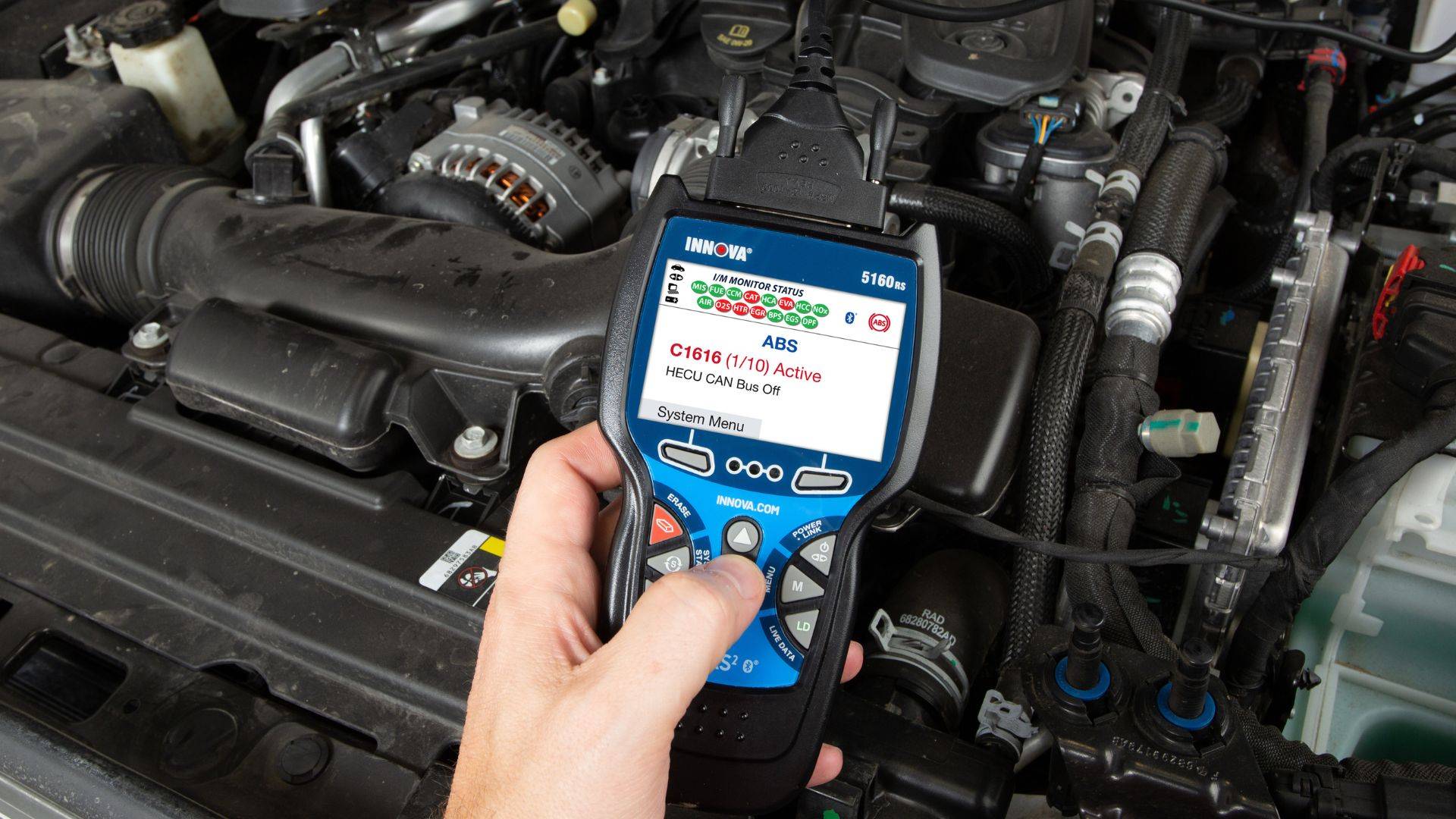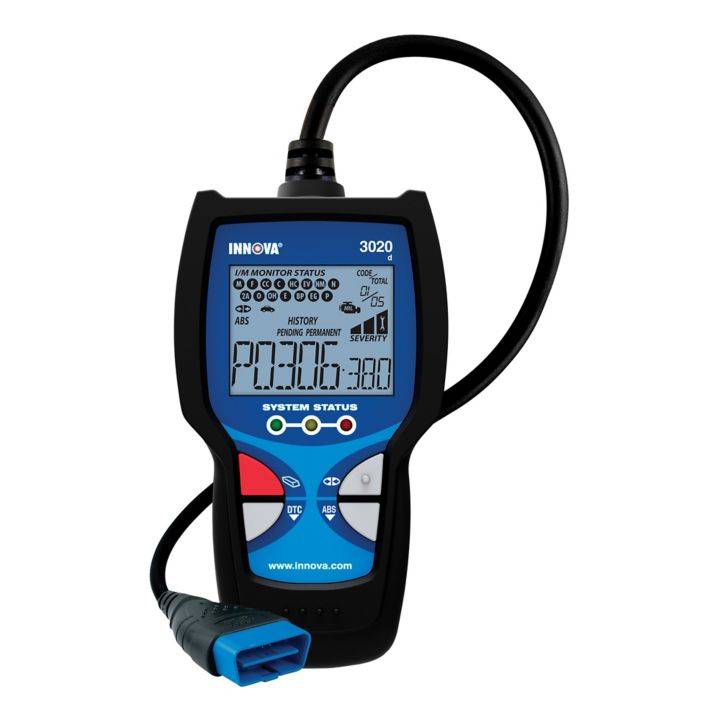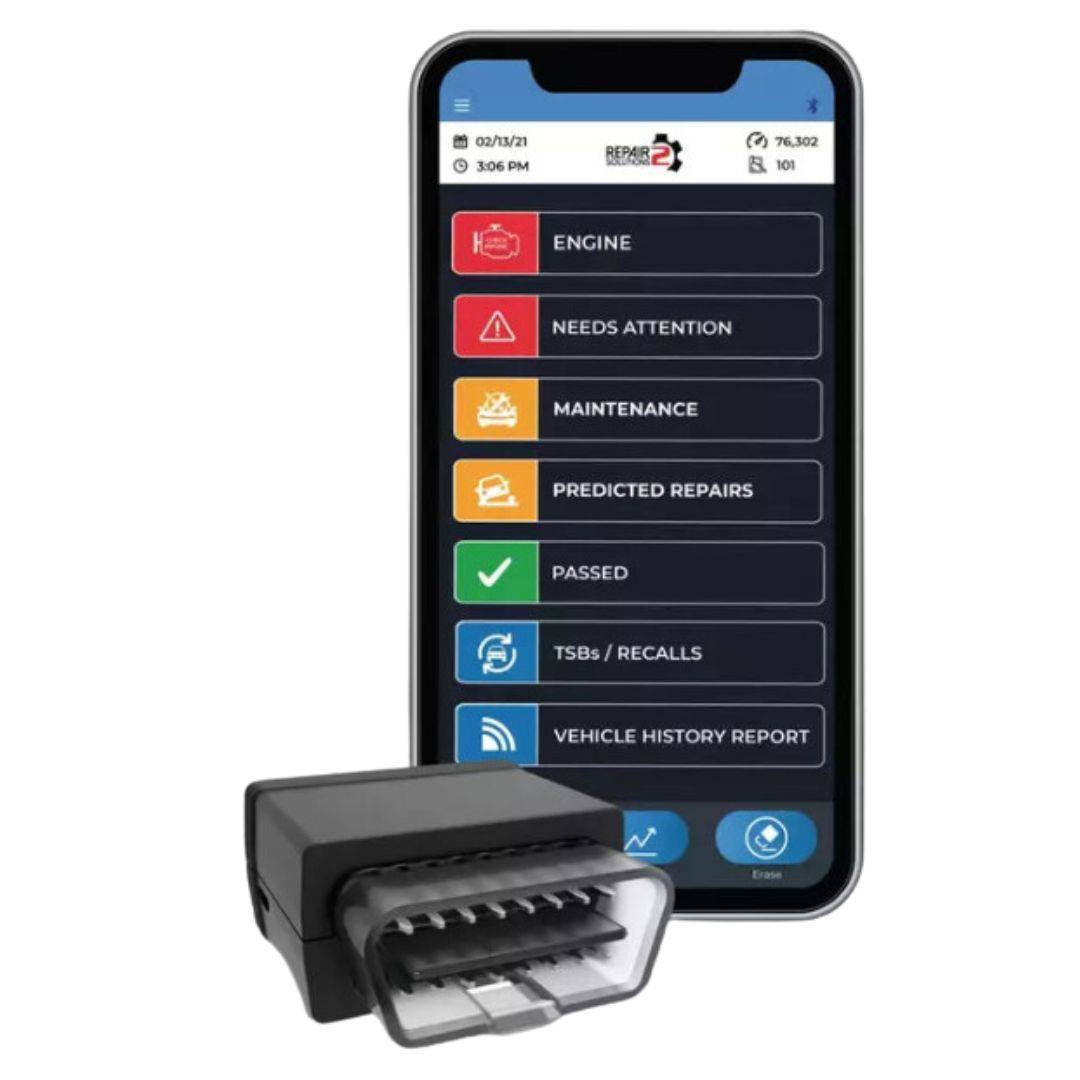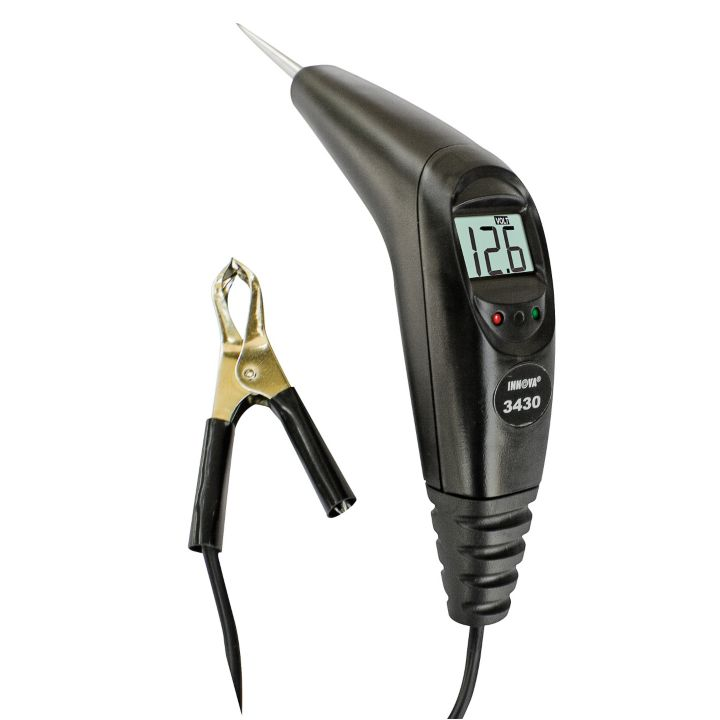
OBD Scanners: A Guide to Diagnostic Tools and Their Usage
OBD (On-Board Diagnostics) scanners are essential tools for diagnosing and troubleshooting issues in modern vehicles. These scanners connect to a vehicle's OBD port, allowing you to retrieve valuable information about the engine, transmission, emissions, and other systems. In this article, we'll explore the basics of OBD scanners and provide a step-by-step guide on how to use them effectively.
Types of OBD Scanners:

Basic Code Readers: These entry-level scanners can read and clear trouble codes from the vehicle's onboard computer. They provide basic diagnostic capabilities but may not offer advanced features or real-time data.

Enhanced Scanners: Enhanced scanners offer more advanced features, including live data streaming, graphing capabilities, component testing, and access to manufacturer-specific codes and parameters. They are typically used by professional technicians or advanced DIY enthusiasts.

Using the OBD Scanner:
• Turn on the ignition: Start by turning the vehicle's ignition key to the "ON" position without starting the engine.
• Power up the scanner: Switch on the scanner and follow its prompts or menu options to select your vehicle's make, model, and year.
• Read trouble codes: Once connected, select the "Read Codes" or similar option on the scanner's menu. The scanner will communicate with the vehicle's onboard computer to retrieve any stored trouble codes.
• Interpret trouble codes: Each trouble code corresponds to a specific issue within the vehicle's systems. Refer to the scanner's manual or online resources to understand what each code means.
• Clear trouble codes (optional): If desired, you can use the scanner's "Clear Codes" function to erase stored trouble codes after making necessary repairs. This step is optional but can be useful for verifying if repairs were successful.
• Access live data (advanced scanners): If using an advanced scanner, you may have access to live data streaming or graphing capabilities. These features allow you to monitor real-time sensor readings, such as engine RPM, coolant temperature, oxygen sensor values, and more.
Troubleshooting and Repairs:
• Research trouble codes: Once you've obtained trouble codes from your vehicle, research their meanings and potential causes online or consult repair manuals for guidance.
• Address identified issues: Based on your research, identify and address any underlying problems causing the trouble codes. This may involve repairing or replacing faulty components or performing routine maintenance procedures.
OBD scanners are invaluable tools for diagnosing and troubleshooting automotive issues quickly and accurately. By connecting to your vehicle's OBD port and retrieving trouble codes, you gain insights into potential problems affecting various systems within your vehicle.
Remember that while OBD scanners can provide valuable information, they are not a substitute for mechanical expertise or professional diagnosis in complex cases. If you're unsure about interpreting trouble codes or making repairs, it's best to seek advice from qualified technicians or consult repair manuals specific to your vehicle model.
PartSource has you covered with a variety of OBD Scanners. You can find the selection below:
 Loading . . .
Loading . . .







